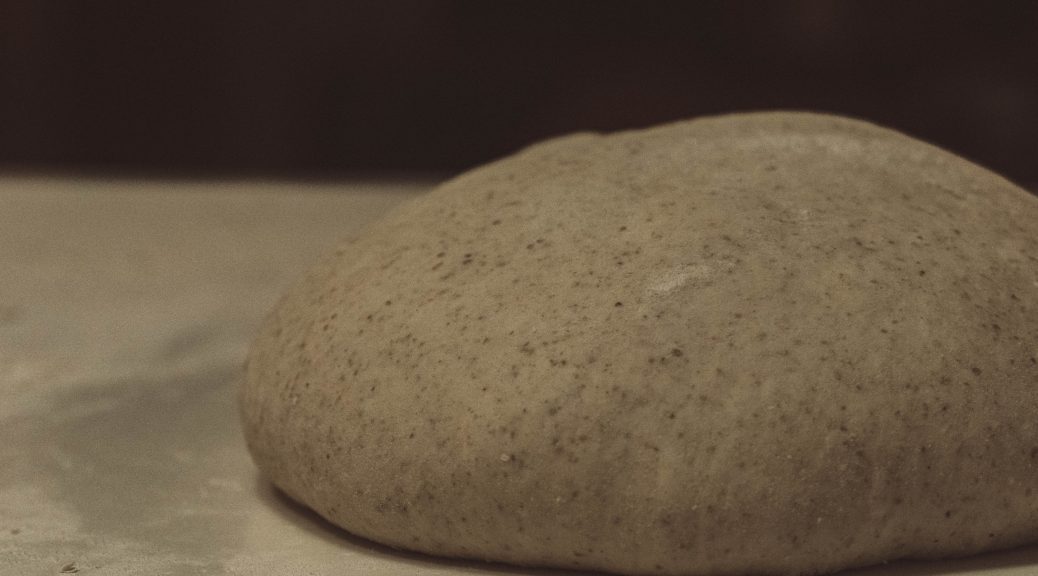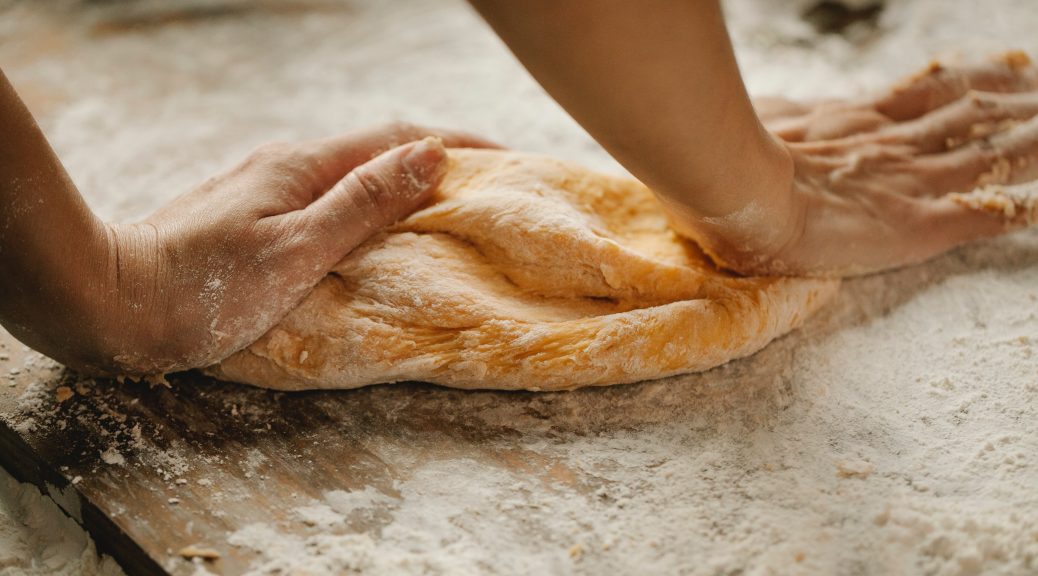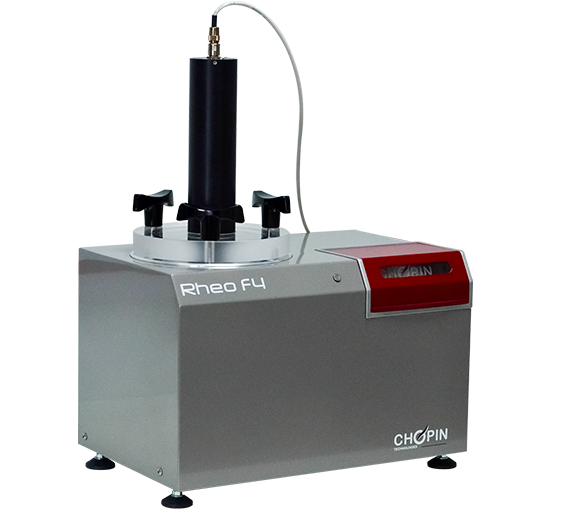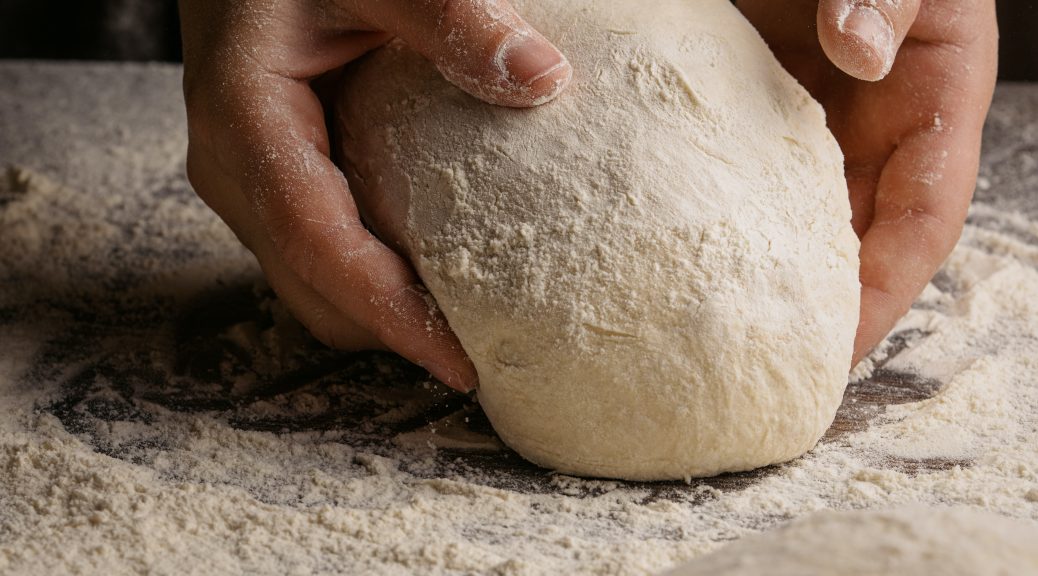Fermentation
Fermentation is the process by which certain microorganisms modify a substrate, primarily in a positive manner. In the case of bread, we often refer to fermentation when discussing the processes by which yeast produces CO2 and alcohol from sugars. However, fermentation also includes the action of lactic and acetic bacteria when creating sourdough. Previous blog entries have covered yeast and sourdough. Today, we will focus on the changes that the dough undergoes and the factors to control in these processes….




